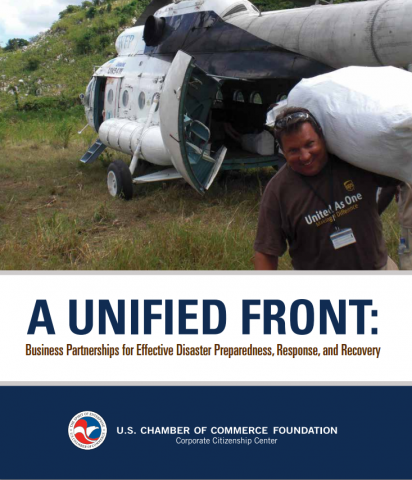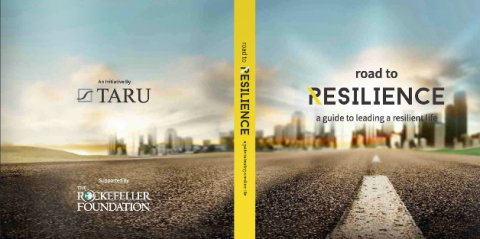Road to resilience: a guide to leading a resilient life


This book is intended for urban households, colonies and clusters and provides bottom-up resilience building options for augmenting urban services through conservation of local resources and waste recycling options. It provides solutions based on principles of conjunctive management of resources, demand focused end-use as well as subsidiary to increase autonomy at local scales. On the supply side, it offers solutions to increase the resource base through managing, conserving and recycling local resources, and on the demand side options for reducing usage of water and energy.
Managing natural resources at local scales builds autonomy as well as resilience of the households and clusters. The technologies and processes discussed in this book can be applied in different urban contexts and scales. They provide options for formalizing the coping systems, build synergy with the city level systems and create opportunities for developing micro-enterprises centered on conservation and management of local resources and lifeline services.
The book is published as part of the Asian Cities Climate Change Resilience Network (ACCCRN) initiative.
TARU Leading Edge Pvt Ltd (TARU), 2015
Road to resilience: a guide to leading a resilient life
